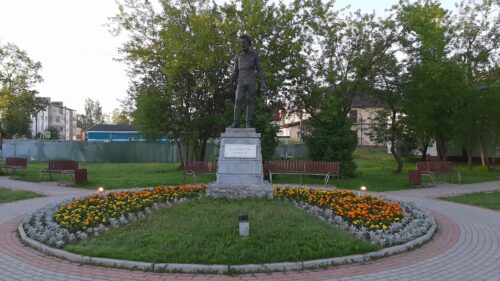- Archaeology ,
- Biology (207) ,
- Culture ,
- Language
Biological anthropologists investigate the evolution of humans, their variability, and adaptations to the environment.

Fighting for Justice for the Dead—and the Living

Envisioning a More Empathetic Treatment of Great Ape Remains

Were Twins the Norm in Our Primate Past?

Doctors Are Taught to Lie About Race
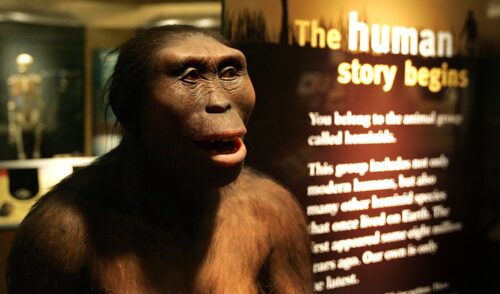
Lessons From Lucy
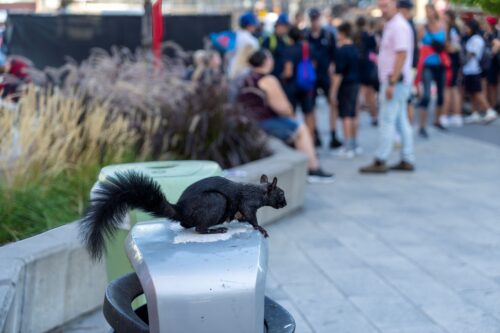
Are People Projecting Racist Stereotypes Onto Squirrels?
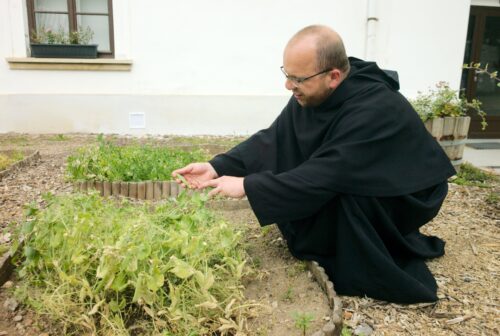
People Are Not Peas—Why Genetics Education Needs an Overhaul

Can Ancient DNA Support Indigenous Histories?
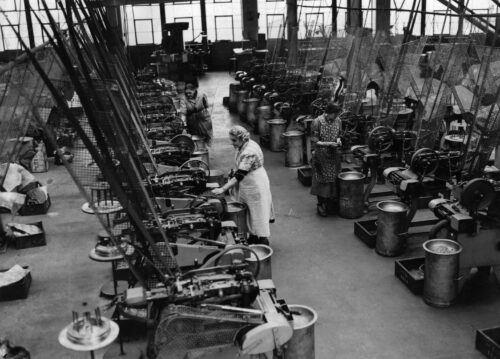
How Allocating Work Aided Our Evolutionary Success

Bringing Back the World’s Most Endangered Cat
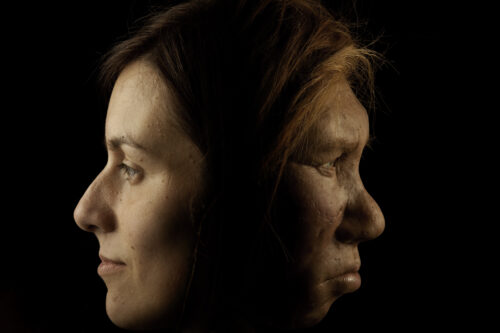
Excavating the Coexistence of Neanderthals and Modern Humans
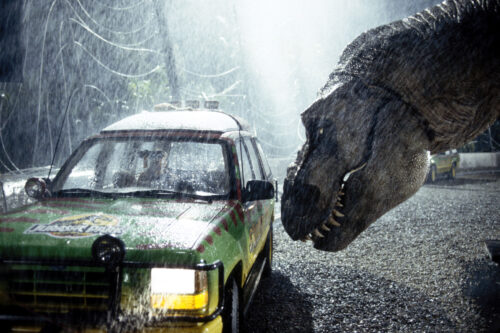
Celebrity Status Almost Ruined Ancient DNA Research

Gene Therapy’s Promise Meets Nigeria’s Sickle Cell Reality

What Is “Natural” for Human Sexual Relationships?
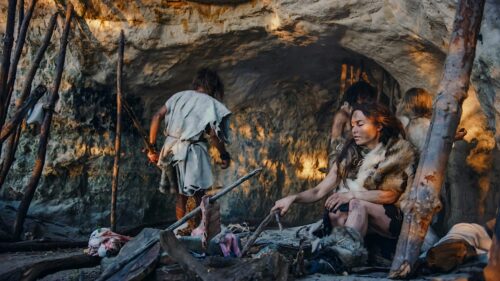
Dismantling the “Man the Hunter” Myth
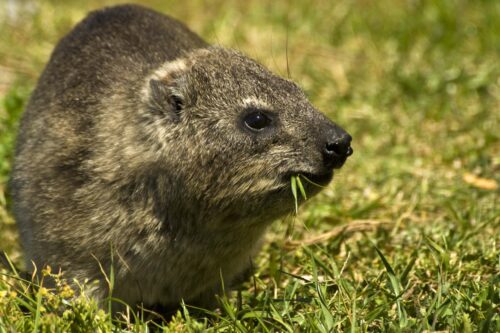
Ancient Pollen Is Hiding in a Surprising Place
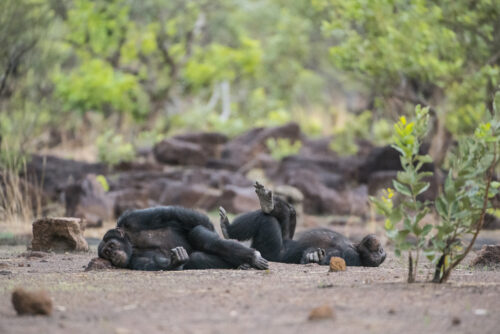
Spend a Day Tracking Chimpanzees
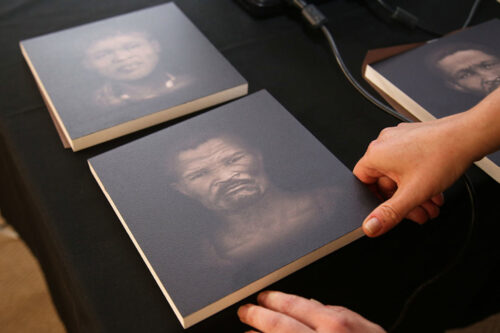
Restoring Faces and Dignity to Skeletal Remains
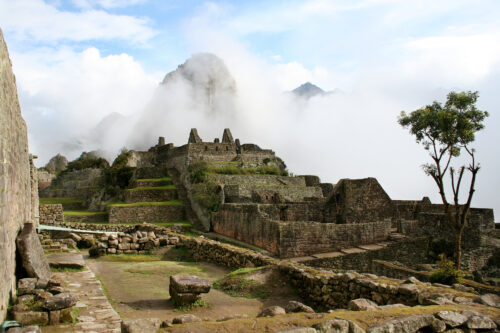
Decoding Diversity and Power at Machu Picchu

The Hidden Ancestry Extracted From an Ancient Pendant
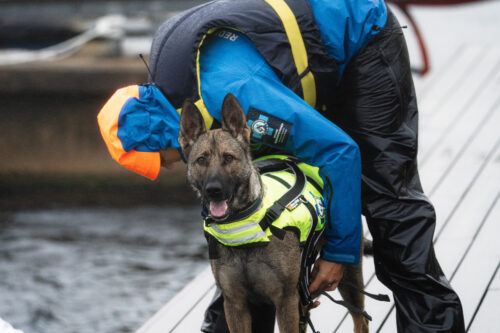
On the Quandaries of Aquatic Forensics
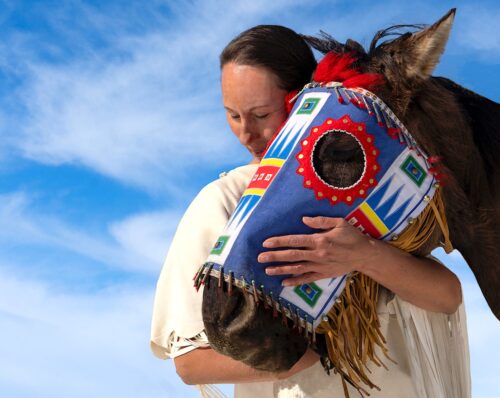
Scientists Uplift Indigenous Human-Horse Histories
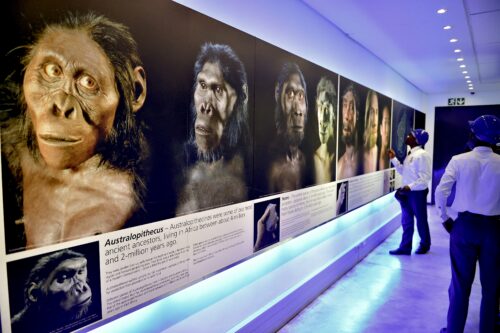
How Power Pervades Portrayals of Human Evolution
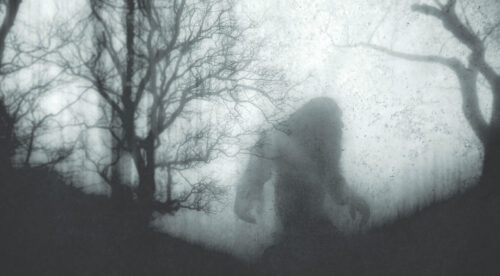
What Bigfoot Teaches Us About Public Mistrust of Science
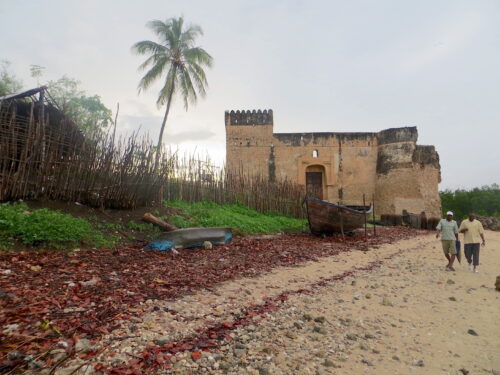
Ancient DNA Supports Swahili Oral Traditions
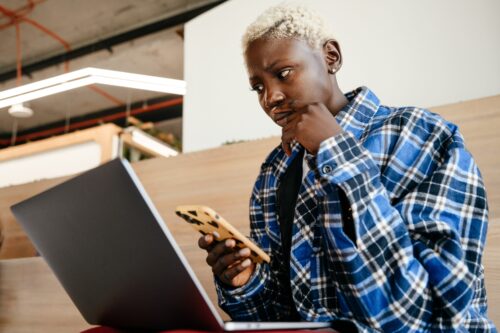
Twitter’s Blue Tick Is a Fake Signal
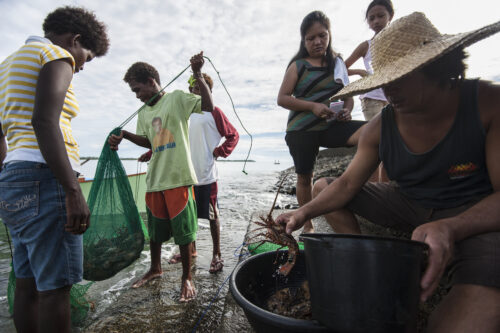
Neighborliness Matters to Your Health
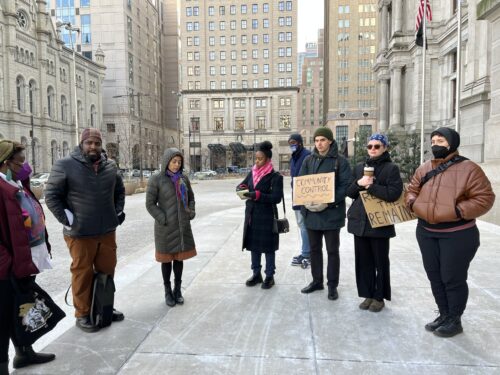
Finding Ceremony for Ancestors Held in the Penn Museum and Other Colonial Institutions
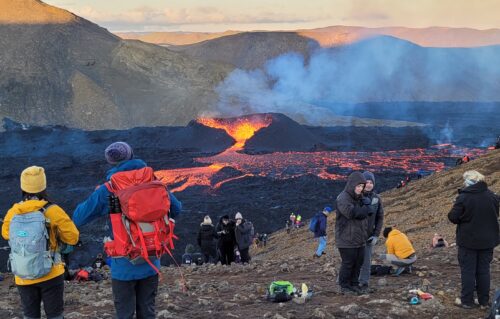
Slow Death by Volcano
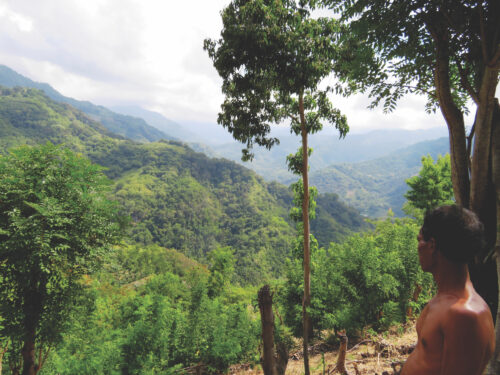
On Flores Island, Do “Ape-Men” Still Exist?

What Molars and Math Reveal About the Human Brain
